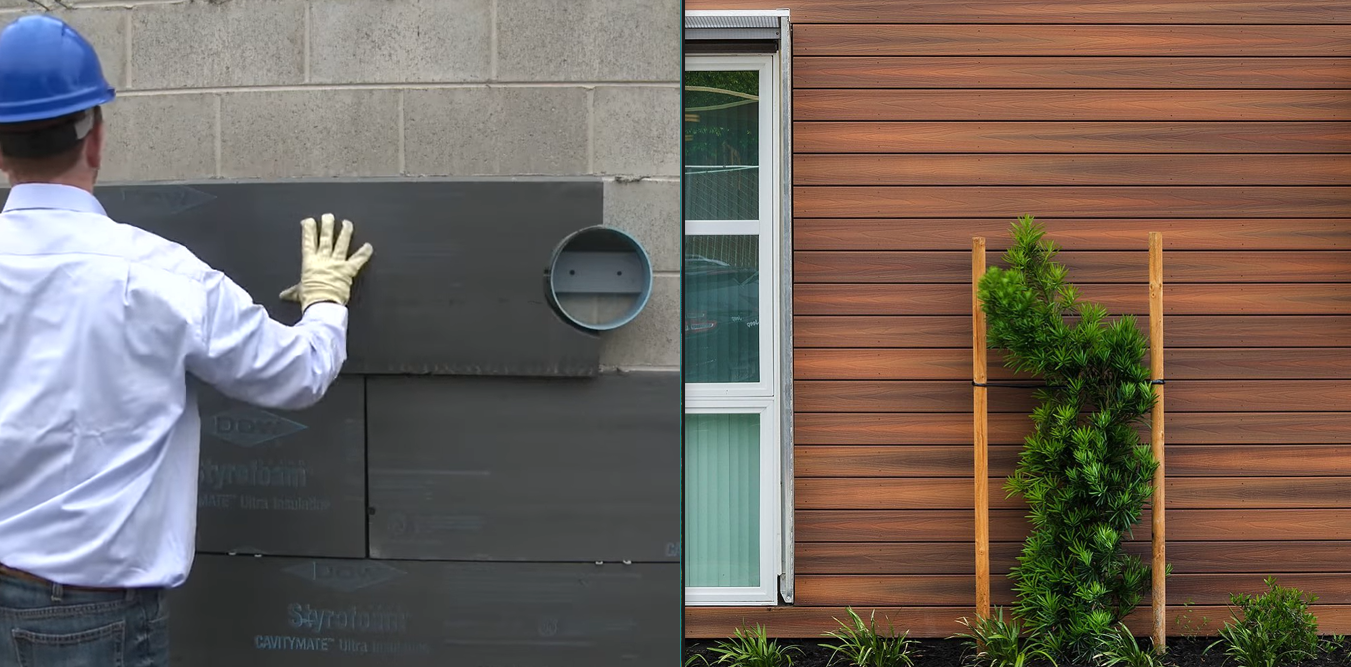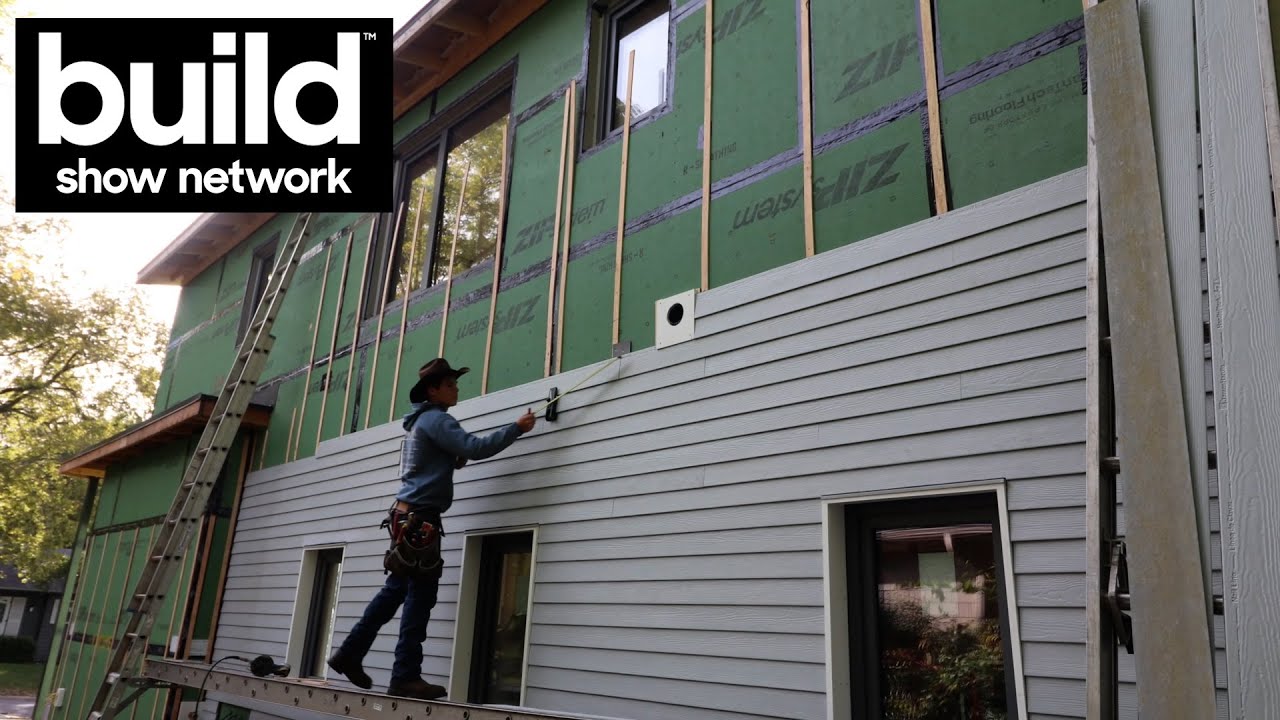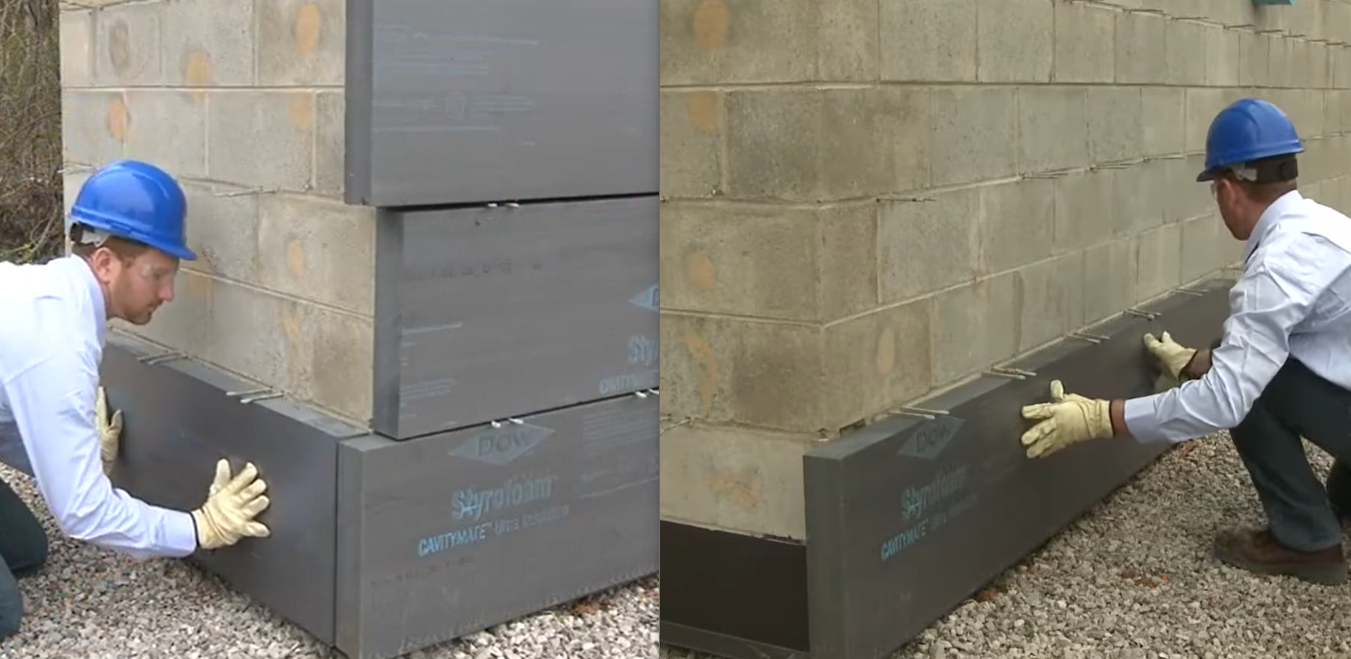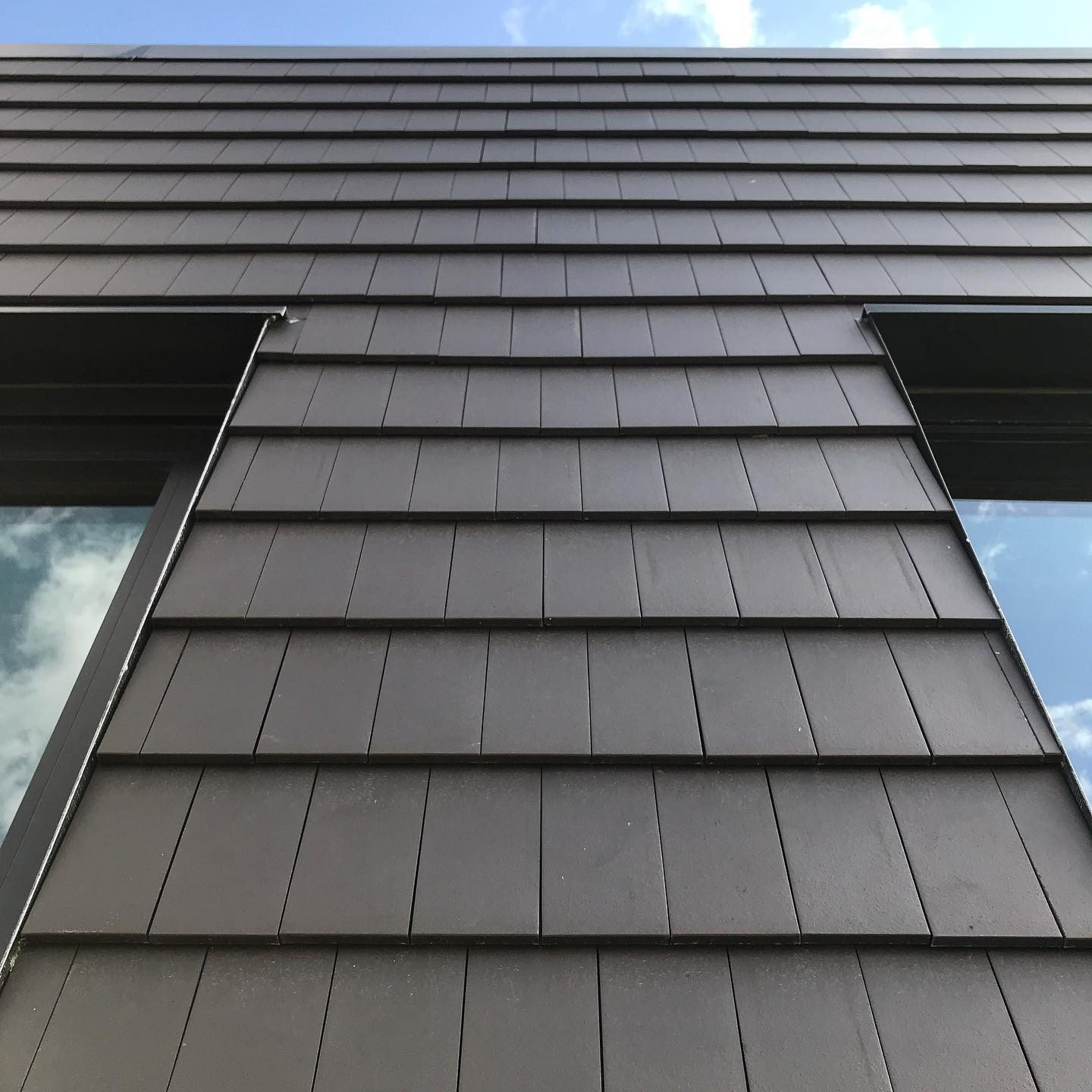You Choose Barrier Wall Vs Rainscreen System - Tips From A Pro
There are several important factors to consider when you choose barrier wall vs. rainscreen system. Though both are helpful and have their own respective strong points, one should still consider other things such as price, particularly those on a tight budget. Another is the climate of the place where you live.
Author:George EvansOct 10, 202238.8K Shares1.2M Views

It would be prudent to hear what a professional would say before you choose barrier wall vs. rainscreen system.
As an architect, contractor, or other commercial-building professional, you only want the best for your structure, which means paying close attention to the building-envelope design.
An important decision in the design process is selecting whether a barrier wall or a rainscreen system will better protect the building from the elements - primarily water, vapor, and air.
It’s crucial to have a thorough understanding of exactly what the different systems can do for a building, as well as the advantages and disadvantages that come with each.
Consider the characteristics of the systems to decide which one is best suited for your building project. That will be the time you choose barrier wall vs. rainscreen system.

Installing a RAINSCREEN - Tips + Busting Myths!
Barrier-Wall System
Before you choose barrier wall vs. rainscreen system, have a good understanding first of what the former is.
A barrier-wall system prevents the intrusion of air, water, and vapor, helping to maintain the building façade and even saving on energy costs.
The system goes by many names - including single-line barriers, perfect systems, perfect walls, and zero-tolerance wall systems - all of which speak to its ability to keep the building envelope in top condition.
Examples of this type of system include single-skin metal wall panels, solid-metal wall cladding, precast concrete panels, and insulated metal-wall panels.
Before selecting a barrier-wall system for any building, there are three factors to keep in mind.

Installation
While installation is fairly straightforward and generally non-sequential, it’s particularly crucial when it comes to barrier-wall systems.
The joints between facing units must be effectively sealed for it to perform successfully.
It’s also important to make sure that the gaskets and caulking are impeccably installed; otherwise, water and air vapor may leak inside the wall cavity and cause damage to the building envelope.
Cladding
A barrier-wall system should be matched with cladding material that’s resistant to water and vapor.
Poor cladding can be detrimental to the envelope of a building, so be sure to select a material that is impervious to the elements.
Many cladding materials tend to respond differently to environmental factors. For instance, wood cladding is affected by moisture penetration, which means it would pair best with a rainscreen system.
Precast concrete panels, on the other hand, work well with a barrier-wall system, as it is a non-absorbent material and isn’t as vulnerable to rotting as wood.
Climate
When choosing your wall system, consider the climate.
The average amount of rainfall is a significant factor in deciding how to protect a building.
Of course, areas with heavy rainfall are going to require a stronger moisture-management system than dry climates.
So, you need to consider the installation, cladding, and climate as you choose barrier wall vs. rainscreen system.
Weighing The Pros And Cons
Weighing the pros and cons of a barrier-wall system can help you make a decision that’s right for a particular building.
Don’t rush when you choose barrier wall vs. rainscreen system. Get to know the advantages and disadvantages.
Cost Effective
Barrier-wall systems are often associated with an initial lower cost overall, as there are fewer materials and less labor required for installation.
More Accessible
This system is generally installed in a non-sequential manner.
For that reason, the panels adjacent to one another can be removed without disturbing the neighboring construction.
Therefore, should the weather-resistant barrier behind the cladding require any inspection or repairs throughout its lifetime, it can easily be accessed, unlike a rainscreen system.
Repairs can be made from the exterior of the wall assembly.
Exposed To Fewer Elements
Because a barrier-wall system is concealed, materials within the wall won’t be exposed to certain elements such as ultraviolet radiation, thermal movement, or heavy wetting.
You may want to remember this one when you choose barrier wall vs. rainscreen system.
Drying Potential
Barrier-wall systems are sealed and lack the ability to breathe. Therefore, any moisture that penetrates the wall cavity has no place to exit the system.
Insulation Easily Incorporated
With a barrier-wall system, exterior continuous insulation can be easily integrated into the assembly.
Possibility Of Seal Failure
If a barrier-wall system is not properly sealed, water can easily leak in and there will be no backup system to rid the envelope of excess moisture
Sometimes, it’s possible that continued exposure to wind and rain can degrade the seal.
Rainscreen System
When you choose barrier wall vs. rainscreen system, you must also learn about the latter.
A rainscreen system consists of multiple elements to prevent water and vapor from entering an exterior wall.
This option is typically a more robust moisture-management system than a barrier-wall system.
Regardless of the design choice, rainscreen systems control and direct moisture, preventing it from entering the wall cavity and providing ventilation.
A properly designed rainscreen system provides a means for any moisture that may accumulate to dry or evacuate the system.
There are several elements that make up a successful rainscreen system, including an air barrier, insulation, ventilation, and exterior cladding.
All these components work together to maintain the sound structure of a building envelope. That’s something to ponder on when you choose barrier wall vs. rainscreen system.
The cladding’s job is to protect the wall from elements such as ultraviolet rays, strong winds, and rain, while the insulation reduces the flow of heat (or cool) from the building.
The air barrier is the element that works to stop any water or vapor that may find its way into the building envelope.
Finally, the ventilation part of the rainscreen system helps to dry out any moisture that leaves through the exterior cladding.

Weighing Again The Pros And Cons
As you choose barrier wall vs. rainscreen system, you should once more identify the benefits to help you select the right one for you.
Less Maintenance Required
Sealants or gaskets are not required with this type of moisture-management solution, which means less labor during assembly.
However, the installation process does require a high level of expertise, as various regions of the U.S. demand different components.
Insulation Also Easily Incorporated
Just like barrier-wall systems, exterior continuous insulation can easily be integrated into the wall assembly.
As you choose barrier wall vs. rainscreen system, you will discover they also have something in common.
Initially More Expensive
Price is a huge factor for consideration when you choose barrier wall vs. rainscreen system.
Rainscreens are often a bit pricier than wall barriers because there are more materials required, which is something to keep in mind when determining a budget.
Works Well In Wet Climates
Pressure equalized rainscreens are typically the better moisture-management solution in a wet, humid climate.
This particular system is also recommended for areas that experience high winds.
Final Thoughts
Before you choose barrier wall vs. rainscreen system, examine the pros and cons to be guided accordingly.
While there are certainly advantages and disadvantages to either type of barrier system, your decision will largely depend on the specific design requirements of the building, as well as climate.
By keeping those factors in mind as you choose barrier wall vs. rainscreen system, you’ll be able to select a system that helps any structure stand the test of time.

George Evans
Author
George Anderson, an exceptional architectural designer, envisions and brings to life structures that transcend the realm of imagination. With an unwavering passion for design and an innate eye for detail, George seamlessly blends form and function, creating immersive spaces that inspire awe.
Driven by a deep appreciation for the interplay of space, light, and materials, George's innovative approach redefines the possibilities of architectural design. His visionary compositions leave an indelible mark, evoking a sense of wonder and transforming the built environment.
George Anderson's transformative designs and unwavering dedication continue to shape the architectural landscape, pushing the boundaries of what is possible and inspiring generations to come.
Latest Articles
Popular Articles
